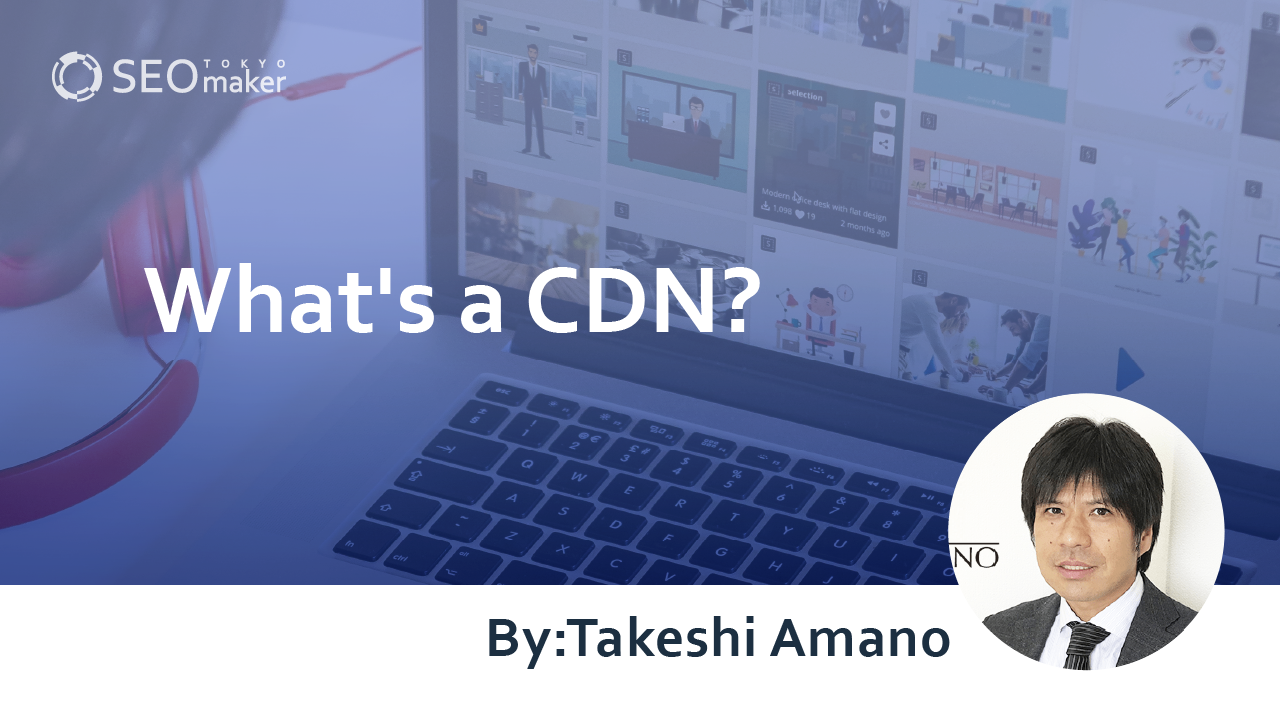What’s a CDN? : When Should You Use it?
contents

Back in the early 2000s, when the internet was just starting to take off, websites were mainly text-based. Adding images often made sites sluggish. But as internet speeds improved, we began using high-resolution images to create richer websites. By the 2010s, videos became popular, adding to the strain on servers.
One solution to ease the increasing server load is CDN. Leveraging CDN helps reduce network congestion, speeding up website performance. Let’s dive into what CDN is all about.
What is CDN?
CDN stands for Content Delivery Network. It’s a system that efficiently delivers content by tapping into a network spread across the internet.
Websites are stored on servers, so accessing a site means connecting to a server. If too many people access one server at once, it can slow down or crash.
But with CDN, servers can be spread out, reducing the load. Plus, by delivering content from servers closer to users, it speeds up access.
CDNs Are Effective from an SEO Perspective
The image above displays part of the investigation results screen from the GTmetrix page speed measurement tool. GTmetrix evaluates page speed using metrics separate from Page Speed Insights and provides improvement suggestions alongside its evaluations.
Notably, the use of a Content Delivery Network (CDN) is positioned relatively high among the methods for improving page speed. Utilizing CDN often leads to accelerated performance, which is crucial from an SEO standpoint.
However, it’s important to note that while faster page speeds generally result in higher user satisfaction, speed alone doesn’t necessarily equate to stronger SEO performance.
How CDNs Work
In general, websites store data on servers for distribution to users. The server serving as the source for distribution is called the origin. With CDN, additional servers known as cache servers are prepped with copies of content fetched from the origin. By delivering data from the cache server closest to the user, CDN reduces server load and enhances speed.
Selecting the Closest Server
When using CDN, speed is improved by automatically selecting the closest server. However, the term “closest” here doesn’t refer to physical proximity but rather the route taken to access the server.
The diagram above traces the access route from a computer to a specific server, passing through several servers, or “hops.” The fewer hops, the closer the server is considered in internet terms.
In CDN, routes are automatically selected to minimize the number of hops.
Load Distribution
As illustrated in the aforementioned diagram, content is copied from the origin to multiple cache servers. By selecting the cache server closest to the accessing computer, the load is distributed across these servers.
This reduces server load, thereby eliminating potential causes of network latency.
Drawbacks of Using CDN
As explained in the mechanism of CDN, the benefits of using CDN are primarily twofold.
- Reduction of network load
- Improvement in response times
However, there are drawbacks to implementation, so it is not necessarily always advisable.
Delayed Content Updates
Even if content is updated at the origin, outdated data may be delivered if the cache server hasn’t fetched the updated data from the origin. To prevent such incidents, shorter retention times for copies are necessary.
While this may pose less risk in cases where content changes infrequently, frequent content changes require careful adjustment of settings or consideration of discontinuing CDN implementation altogether.
Risk of Cache Incidents
The biggest drawback of CDN is copying data to cache servers. While essential for reducing load and speeding up processes, if misconfigured, personal information collected on membership sites, for example, could be inadvertently copied to cache servers, making it accessible to others.
We refer to such a decrease as a “cash crash.”
Errors in configuration aside, it’s important to remember that the risk of cache incidents always looms.
Example of Mercari’s Cache Incident
In 2017, Mercari officially reported a cache incident. The cause was mistakenly caching information during a switch of CDN providers, including data that shouldn’t have been cached.
Even major and renowned companies can experience accidents depending on their configurations.
Reference: Concerning the Cause of Personal Information Leakage on the Web Version of Mercari during CDN Switching Operations
[Side Story] While incidents are unfortunate, Mercari’s principle of transparency in openly reporting such technical mishaps is admirable. At Tokyo SEO Maker, we strive to emulate this spirit.
When to Use CDN
CDN isn’t a mandatory service, but it can provide more stable and faster content delivery.
Therefore, sites like the following may benefit from CDN implementation for speed optimization.
- Sites primarily streaming videos
- Sites heavily reliant on libraries
- Sites employing dynamic systems
Sites dealing with numerous heavy files, such as videos, may overload servers during peak access times, necessitating load reduction.
For sites utilizing many libraries like jQuery or React, fetching from cache servers is typically faster than from the origin. Similarly, employing CDN is common for sites using dynamic systems like WordPress.
*While WordPress can be heavier compared to static pages, it inherently operates quite efficiently. Instead of rushing to implement CDN simply because WordPress is used, consider assessing whether the current setup warrants CDN adoption.
Companies Providing CDN Services
Numerous companies offer CDN services. Here are some examples
- Azure Content Delivery Network
- Cloud CDN
- Amazon CloudFront
- Fastly
- Akamai
- KAGOYA
- Sakura Internet
Deciding on the best provider can be challenging. It’s advisable to choose based on the required features.
Summary
CDNs are utilized for stabilizing servers and speeding up sites, particularly benefiting large-scale websites. However, implementation incurs costs and involves management and risk. Prior to CDN adoption, addressing core web vital improvements, especially for speed optimization, is typically prioritized for those conscious of SEO. If you’re facing challenges with site speed or optimization, feel free to consult Tokyo SEO Maker.










![What is a Description? Explaining the Meaning, Writing Style, and Changing Word Count – [2023 Edition]](https://www.switchitmaker2.com/en/wp-content/uploads/2024/09/what-is-description.webp)










